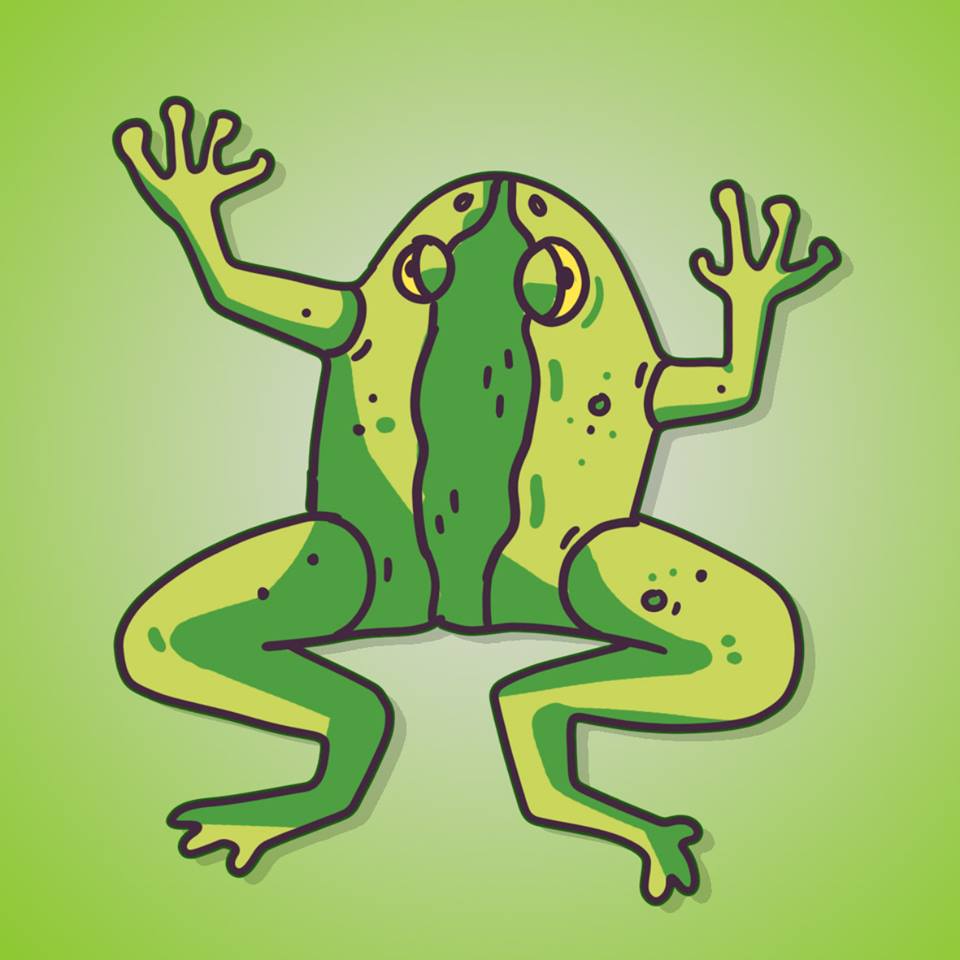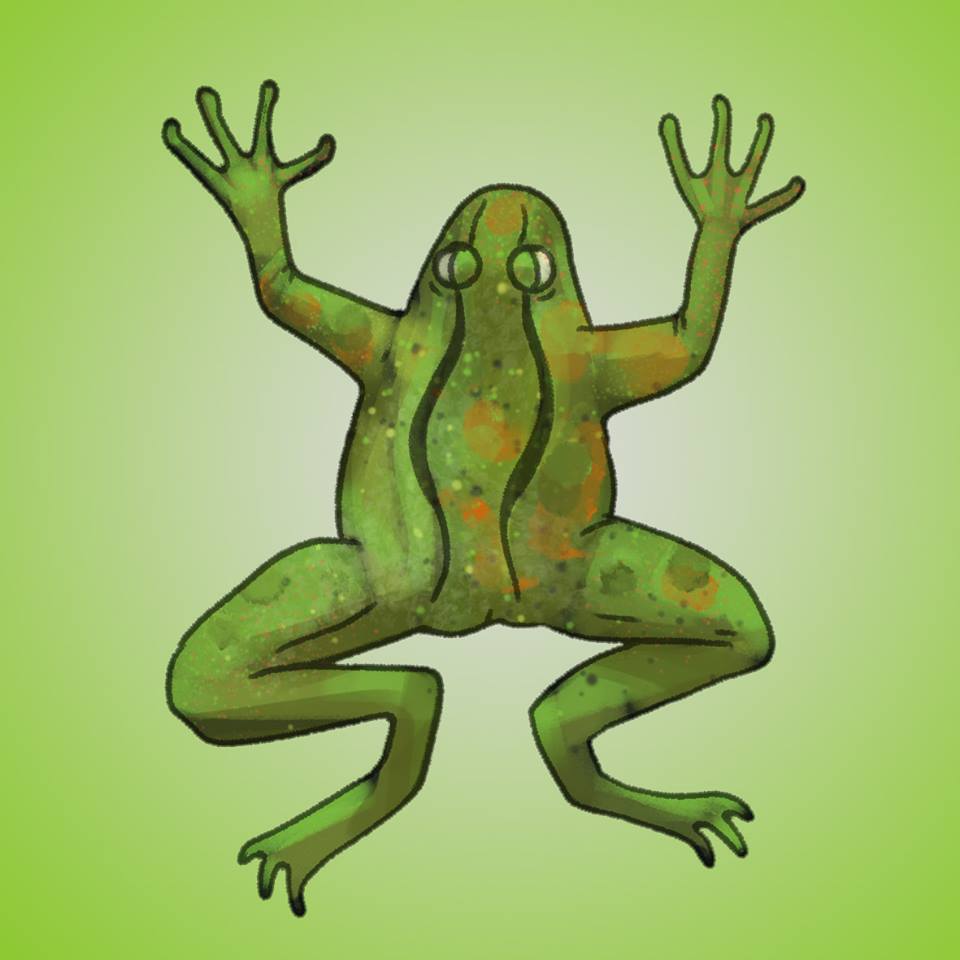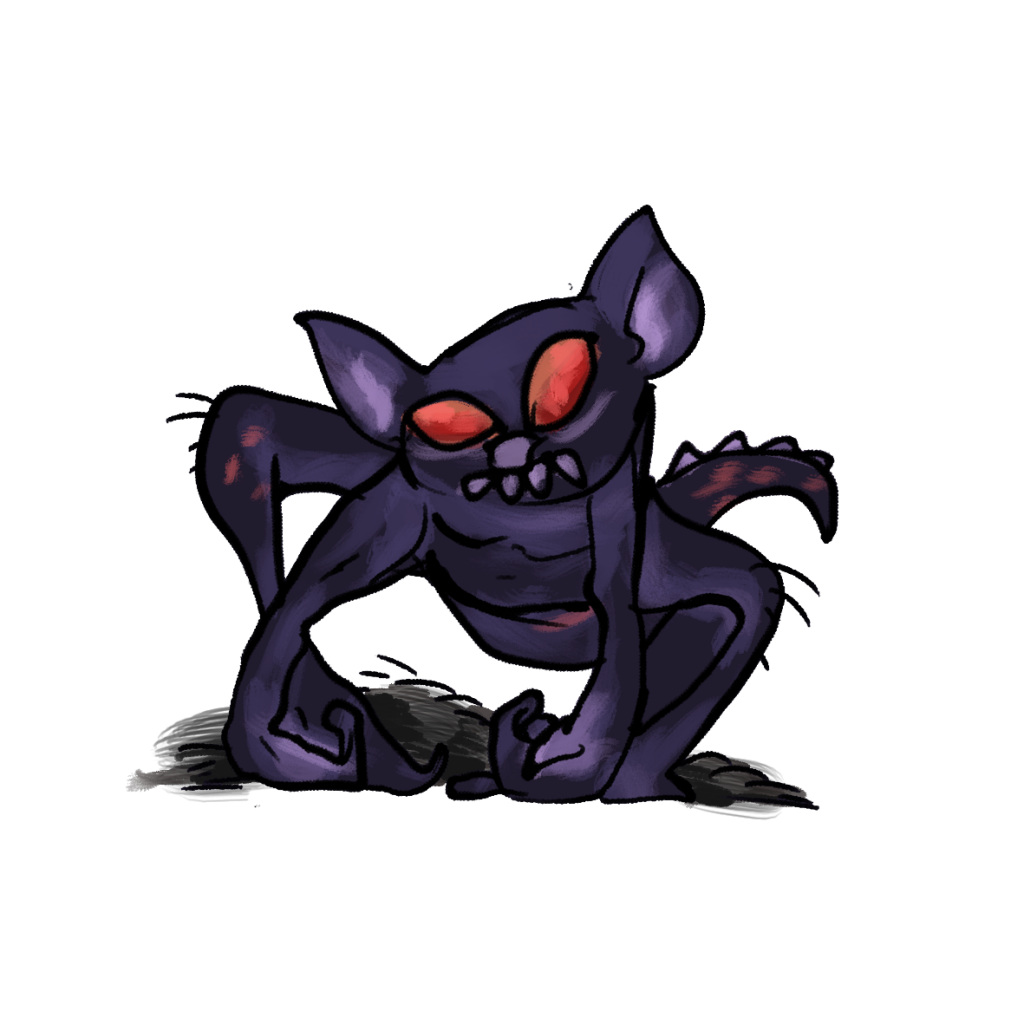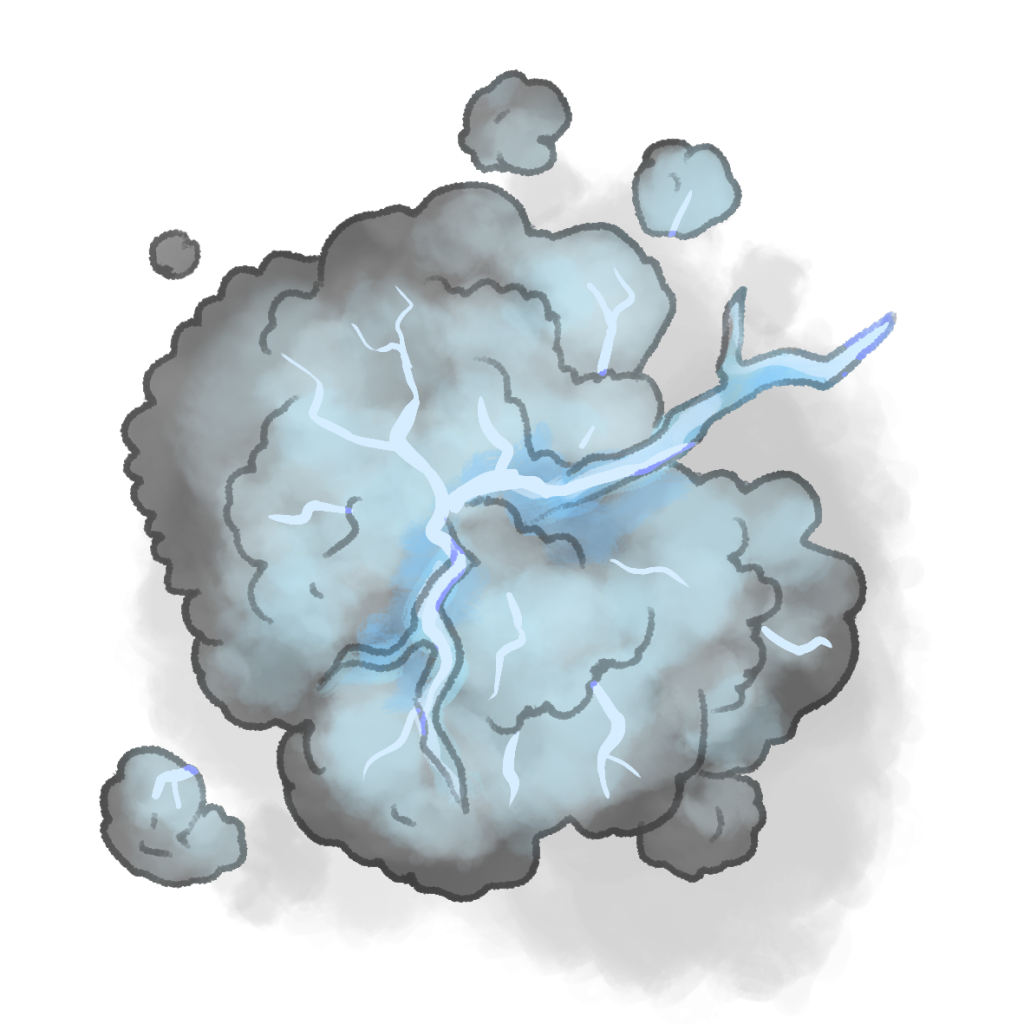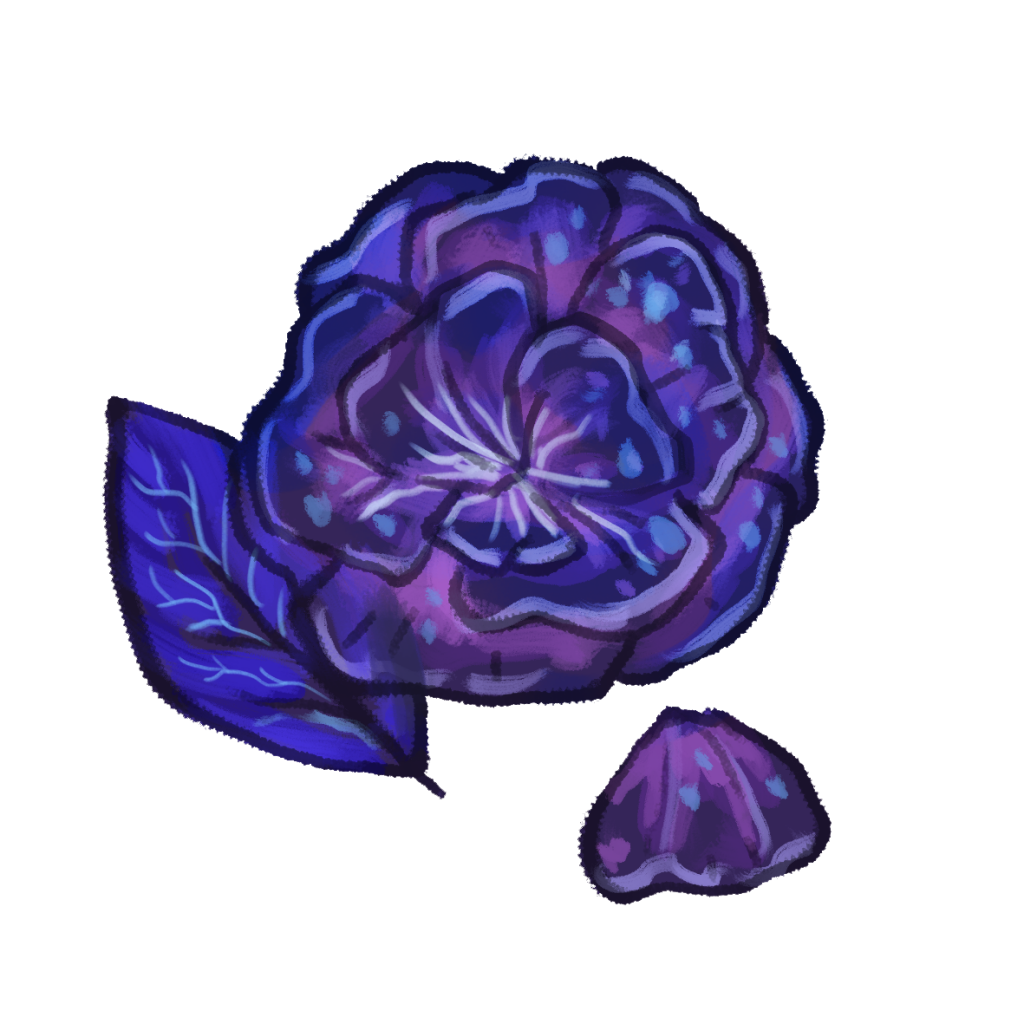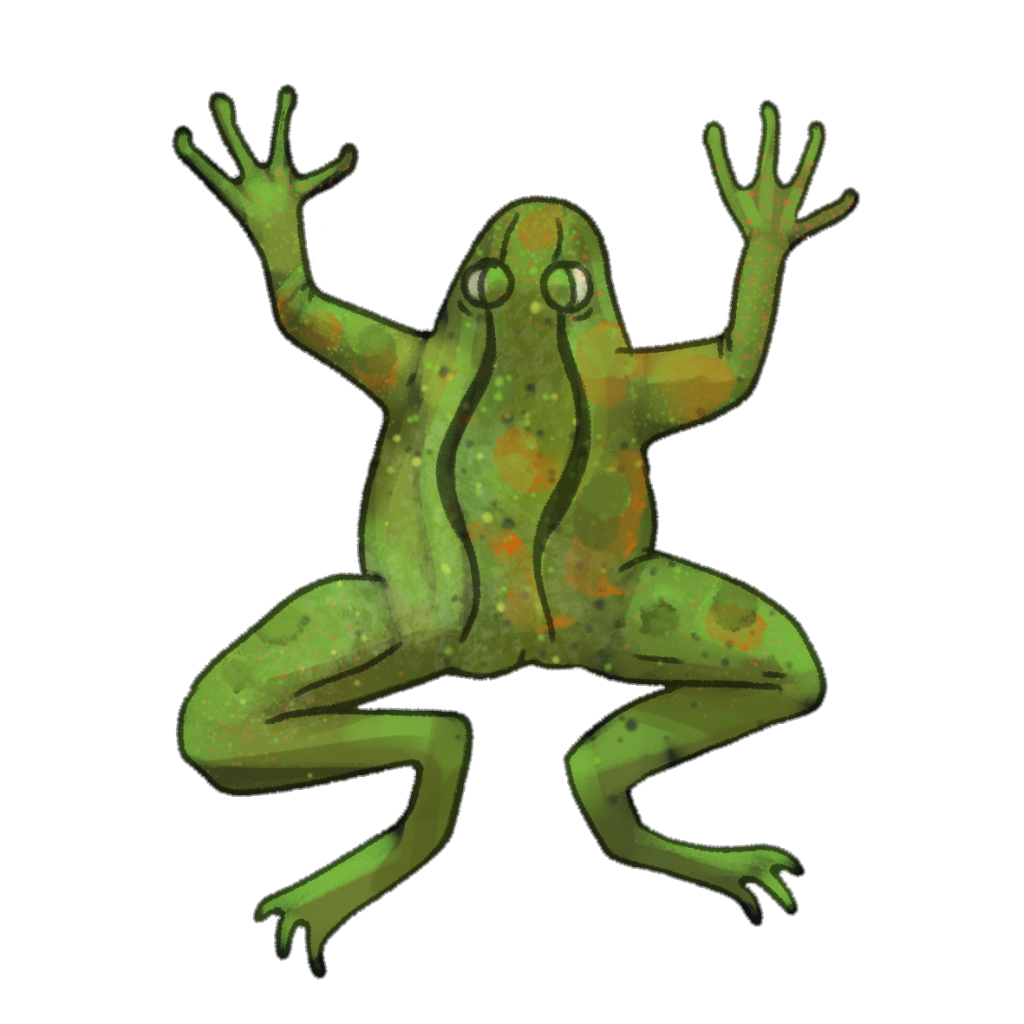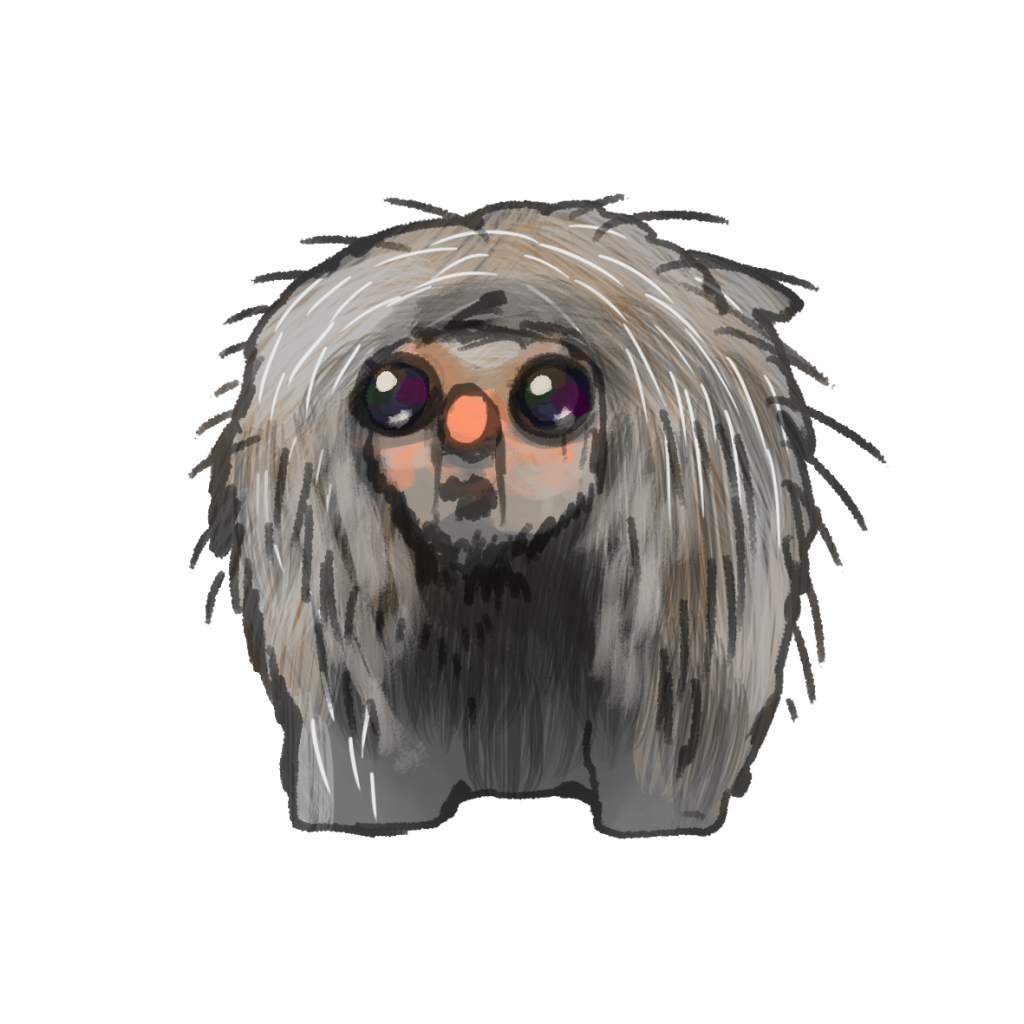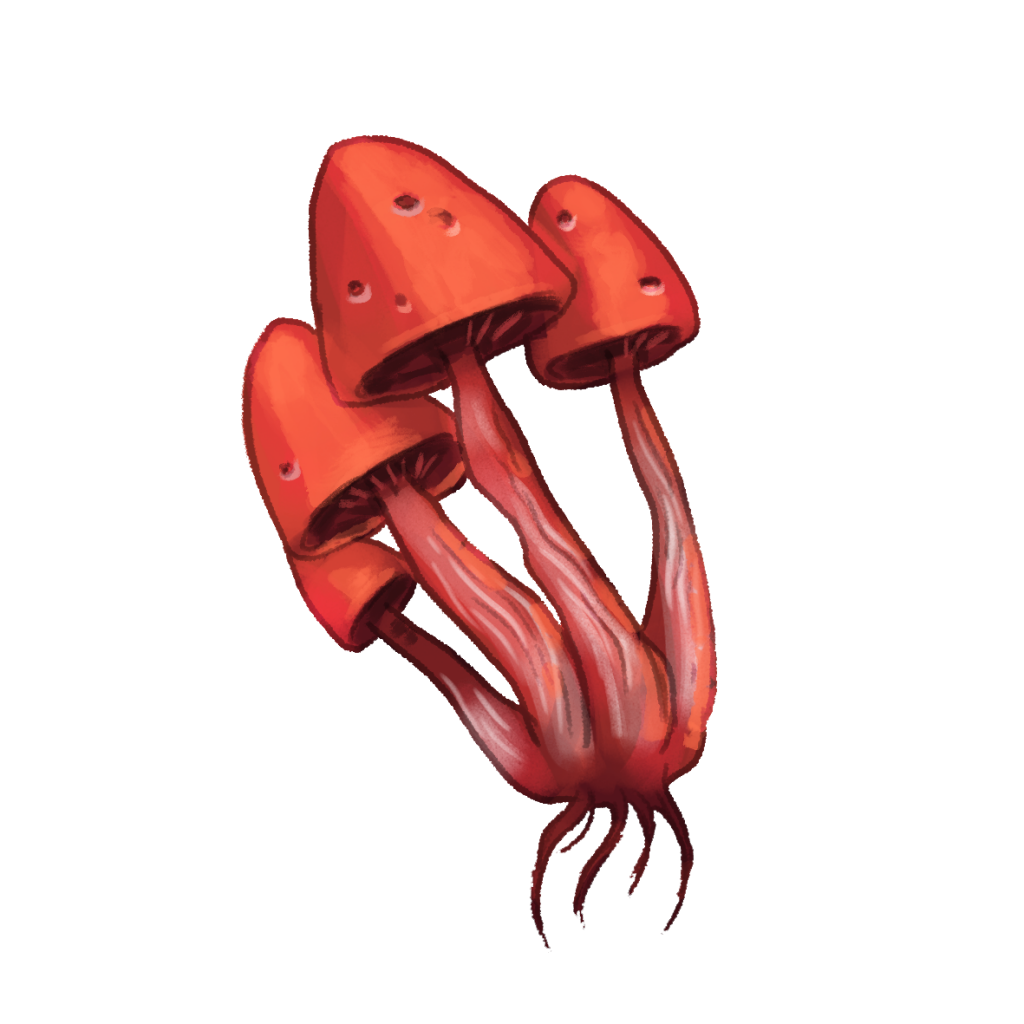Whirling Witchcraft (or as my family calls it, the cube game)
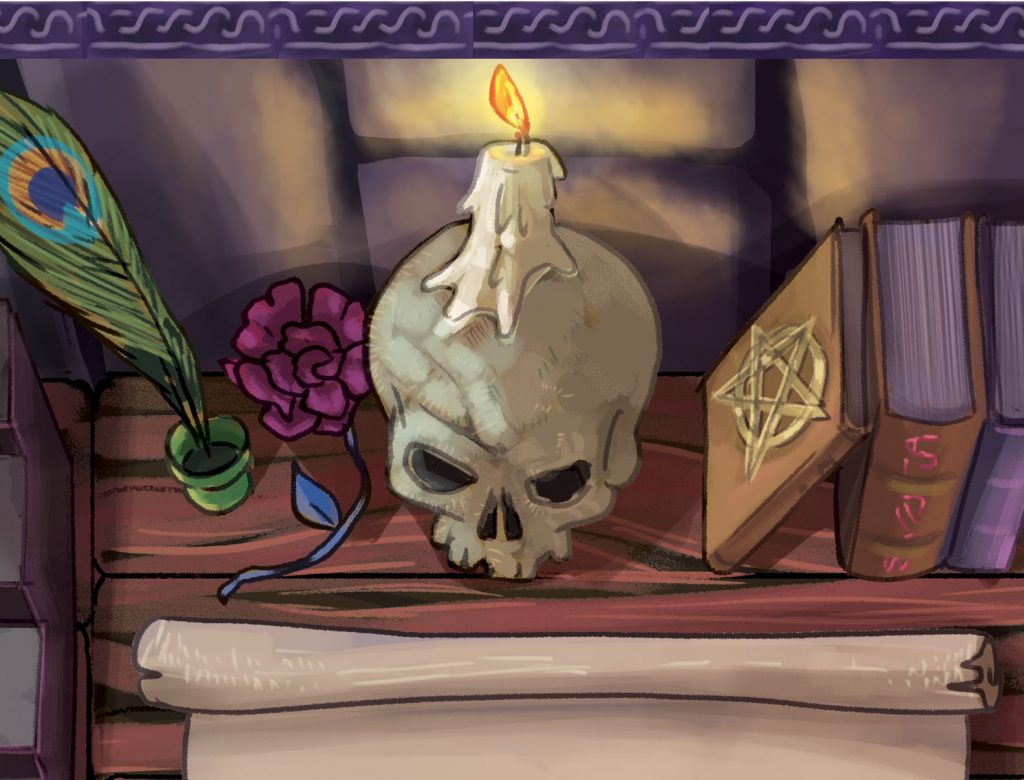
The short description of the game
Whirling Witchcraft is a game for 2 to 5 players, where all players are witches. The witch sitting to the right of you is your nemesis and, of course, the one sitting to the left of you considers YOU to be their nemesis. Your objective is simple; be the first witch to clear your workbench of magical ingredients, or flood the workbench of your nemesis by more magical ingredients than they can handle! Each turn, you will choose a new recipe that converts your magical ingredients to more refined ingredients.
It sounds straightforward, but you’ll need a lot of focus and even more cunning in order to juggle those ingredients in your favour!
Design diary from a graphical point of view
Whirling Witchcraft started as a spark that was given by playing a prototype of two game design friends, Magnus Karlsson and Henrik Gidmark. Their prototype was a real time brick building mayhem machine with a fascinating system where brick constructions were sent in a circle, player to player. I loved the game from the very first time I played it (at the Swedish con LinCon spring 2018) and they seem to continue to make good work on the game. (I’m rooting for you guys, make it published now! 
So I started to imagine a system where base goods (blue, green, and red) were transported between players. Players owned various factories which either produced more base goods or crested more refined goods (copper, silver, and eventually gold). The player that failed to handle all the incoming cubes from their left neighbor lost the game. Cube Construction was born.My first draft of the factory cards are shown below together with the player board.
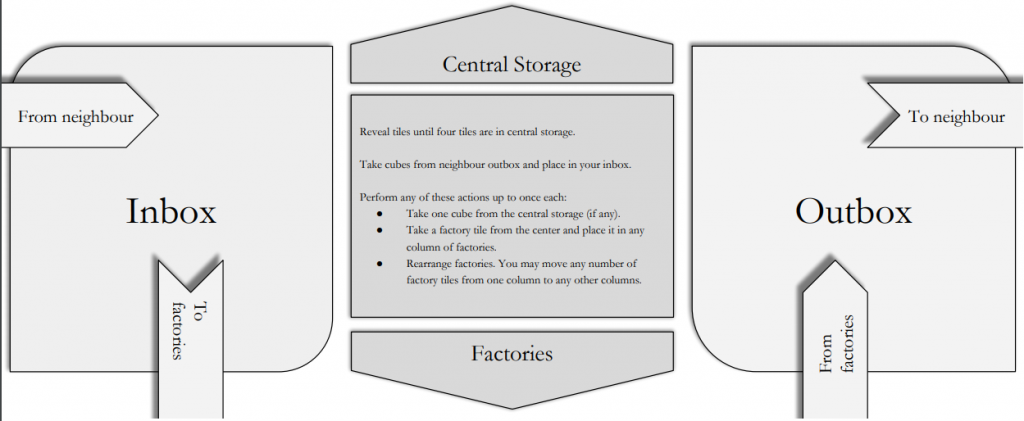
My family was interested in the game from the very first version of the game. My daughter, then aged 6, loved it! I will always remember how she enthusiastically screamed “Produce!” to order the rest of us to keep track of the phases of the game flow. Shortly thereafter, I showed the game to a set of friends. They loved the game as well, and we played the game more than 10 times that night. I was on to something! After a month, or so, the theme started to bug me. I wanted something more family friendly. I had some great ideas and suggestions from my playtesters:
- what about a mail box of emails and you pass on meetings to your colleagues, or
- a candy crush version of the game where the goods are candy, or
- a more dystopian version where players own factories and the refined goods are replaced with pollution cubes
Eventually, I decided to move the game towards a fantasy theme. Alchemy seemed like a good choice where the goods were replaced by ingredients. Find below the very first draft of those cards and player boards.
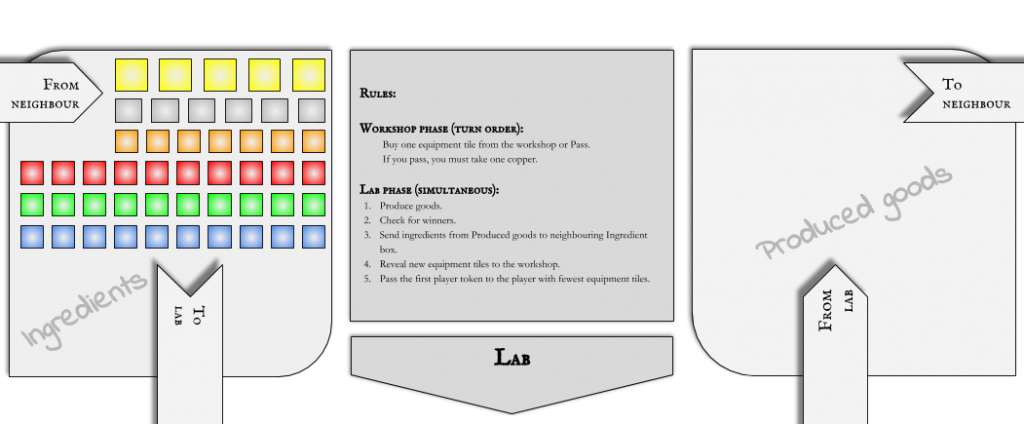
The game was now played with my colleagues as well as with friends. Some people even asked me to bring the game – a fantastic feeling! This is when I decided to send the game to the board game design competition in Fastaval. I created a so-called Sell Sheet and hoped for the best.
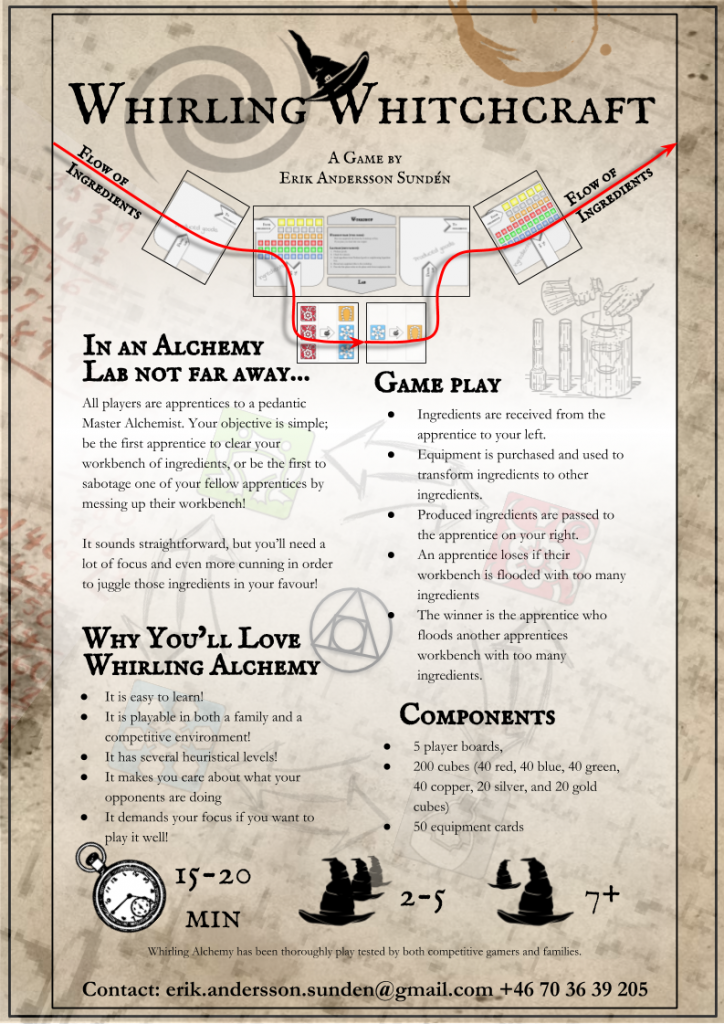
A few weeks later I got an emailed which confirmed that I was accepted as one of the participants in the game competition. Once I got accepted I came in contact with the rest of the designers that were accepted for the competition. We started to share our projects and to discuss some different solutions, both in terms of gameplay and in terms of graphics. One of the designers, Niklas Höök, reached out and asked if I wanted him to make some drawings for me. I was both flattered and excited! I sent him my version of the game. After a few days, Niklas came back with a first suggestion of how to build a player board and two versions of the ingredients. It looked absolutely fantastic in my eyes. I had a really hard time to choose between the ‘comic’ and the ‘realistic’ version. I ended up choosing the latter. I almost wish I could have both. I wonder where that other graphical interface would’ve taken us…
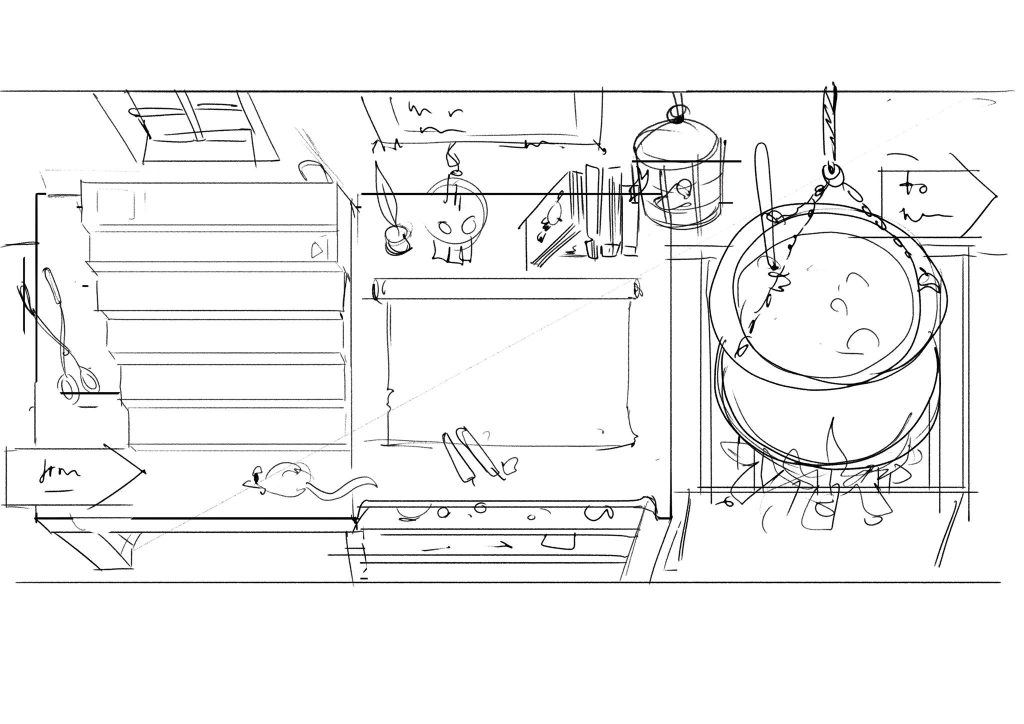
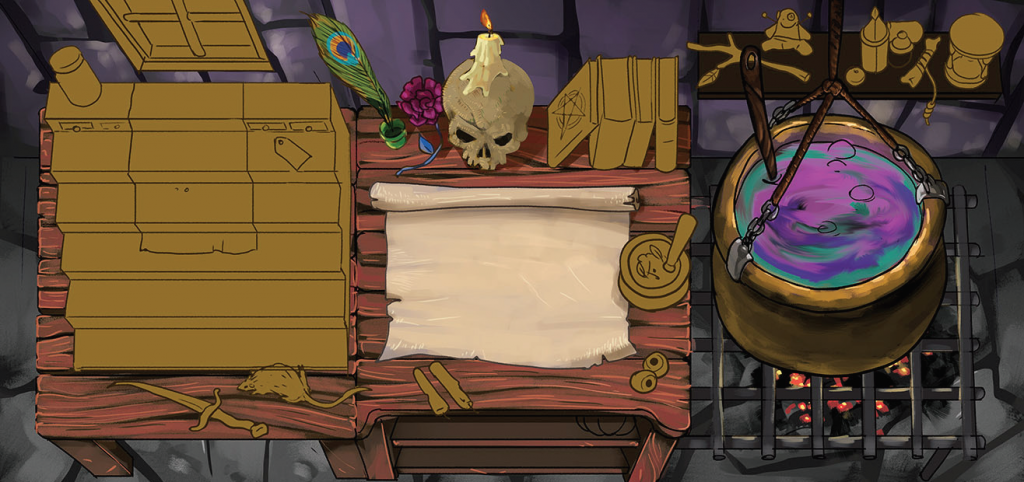
I had a few comments and Niklas listened carefully to my suggestions and thoughts. Niklas asked for the rulebook of my game and had a few suggestions on how to clarify the graphical interface to the game. We agreed on how to proceed. A few weeks later, Niklas returned the images below (among others), and I was floored!
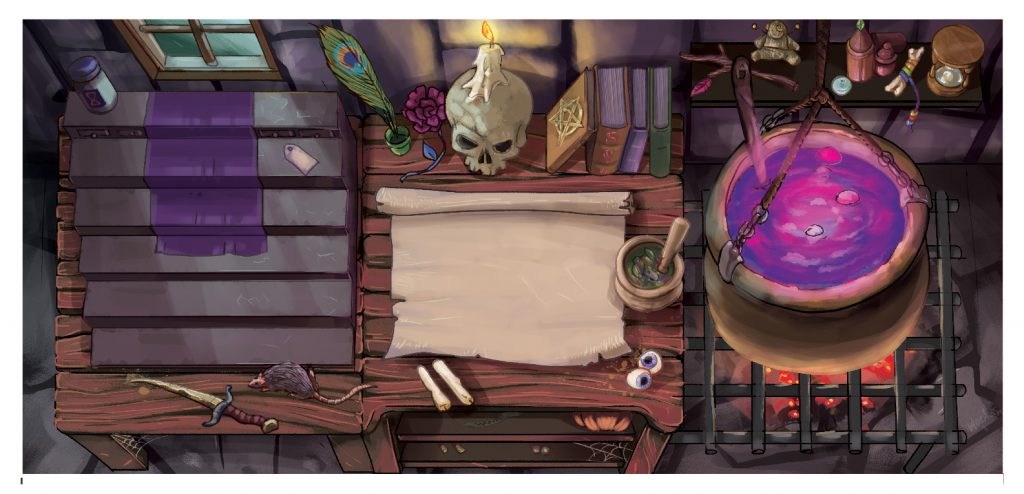
The works by Niklas has drawn many new players to my game. I write this as I’m on my way to Fastaval. This will be the first time I meet Niklas in person. One of the things I look forward to the most is to shake his hand and say “Thank you!”
Kind regards
Erik
Edit after Fastaval: I won the Best boardgame award. I’m convinced that the beautiful illustrations of Whirling Witchcraft helped me to win this award. Thank you Niklas – this has been a great journey!
To follow the project – go to the Gameonauts page.
Some game testing photos:
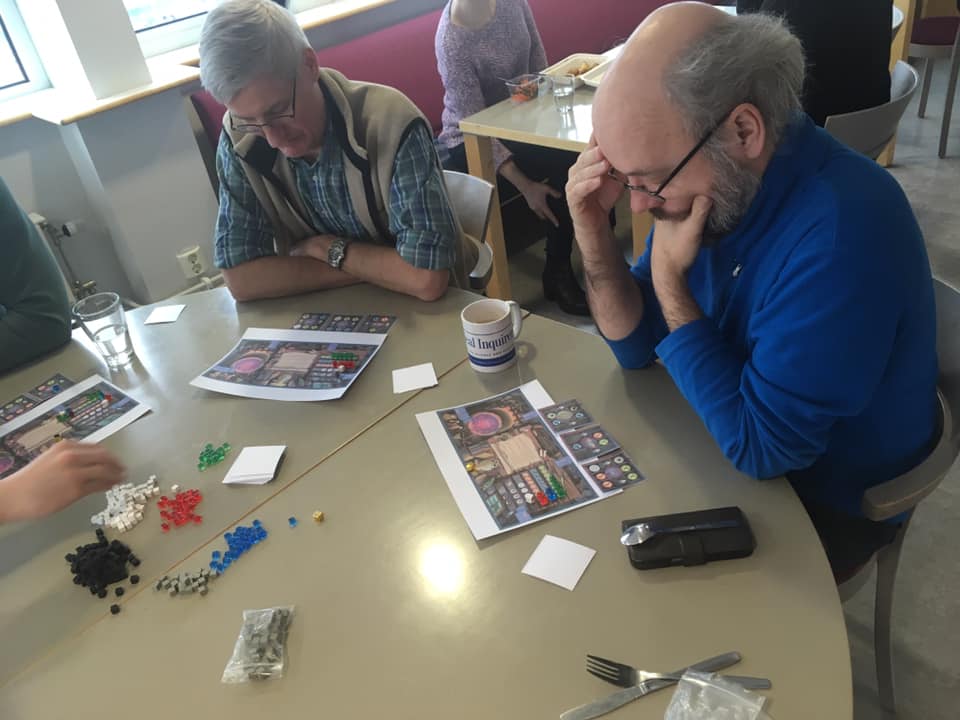
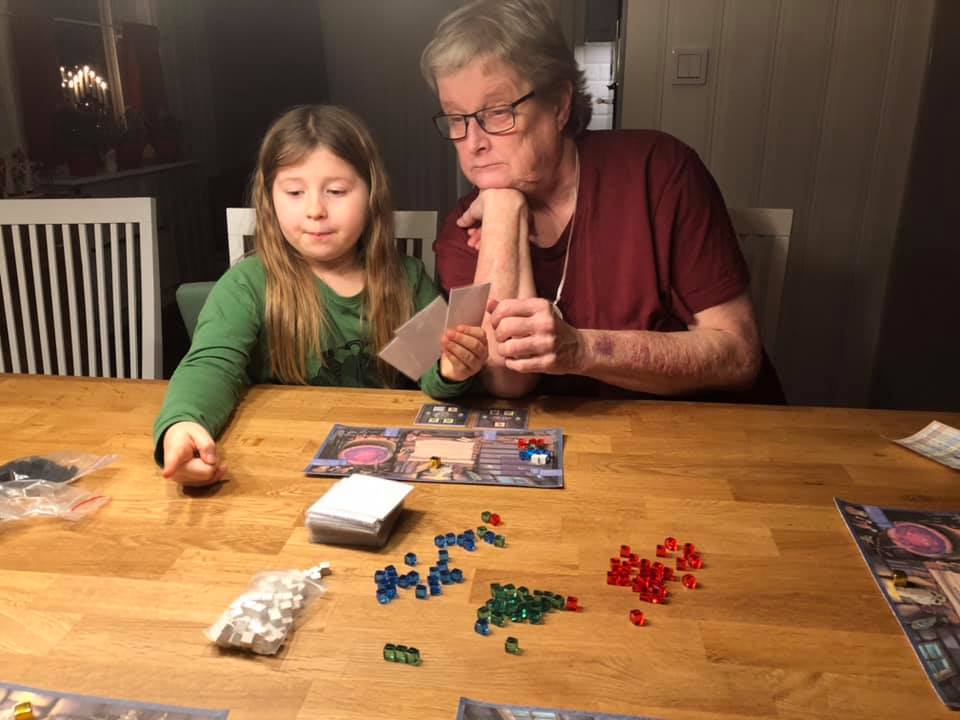
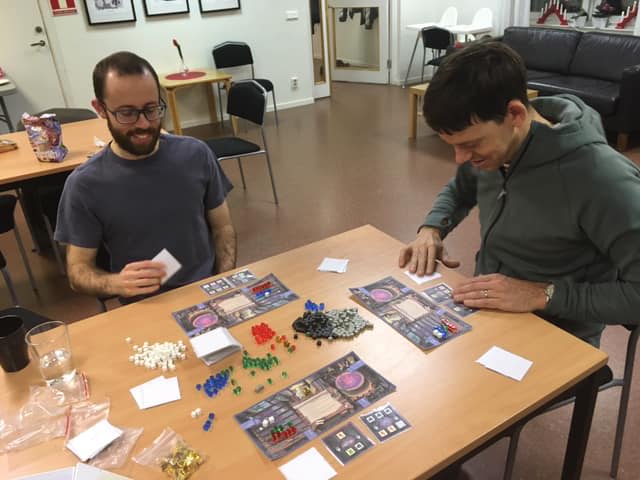


Afterword: I met Erik online in the closed Fastaval board game designer group. Both of us worked on our own designs for the contest. I offered my help to make some art for his game. When he chose to go with the more rendered art (which I believe was the right choice) I instead made my game Party Survival in a more simple cartoonish style. It was a blast to meet Erik in person and play his awesome game. It is not about IF it will get published – but Who will publish it!
Niklas






